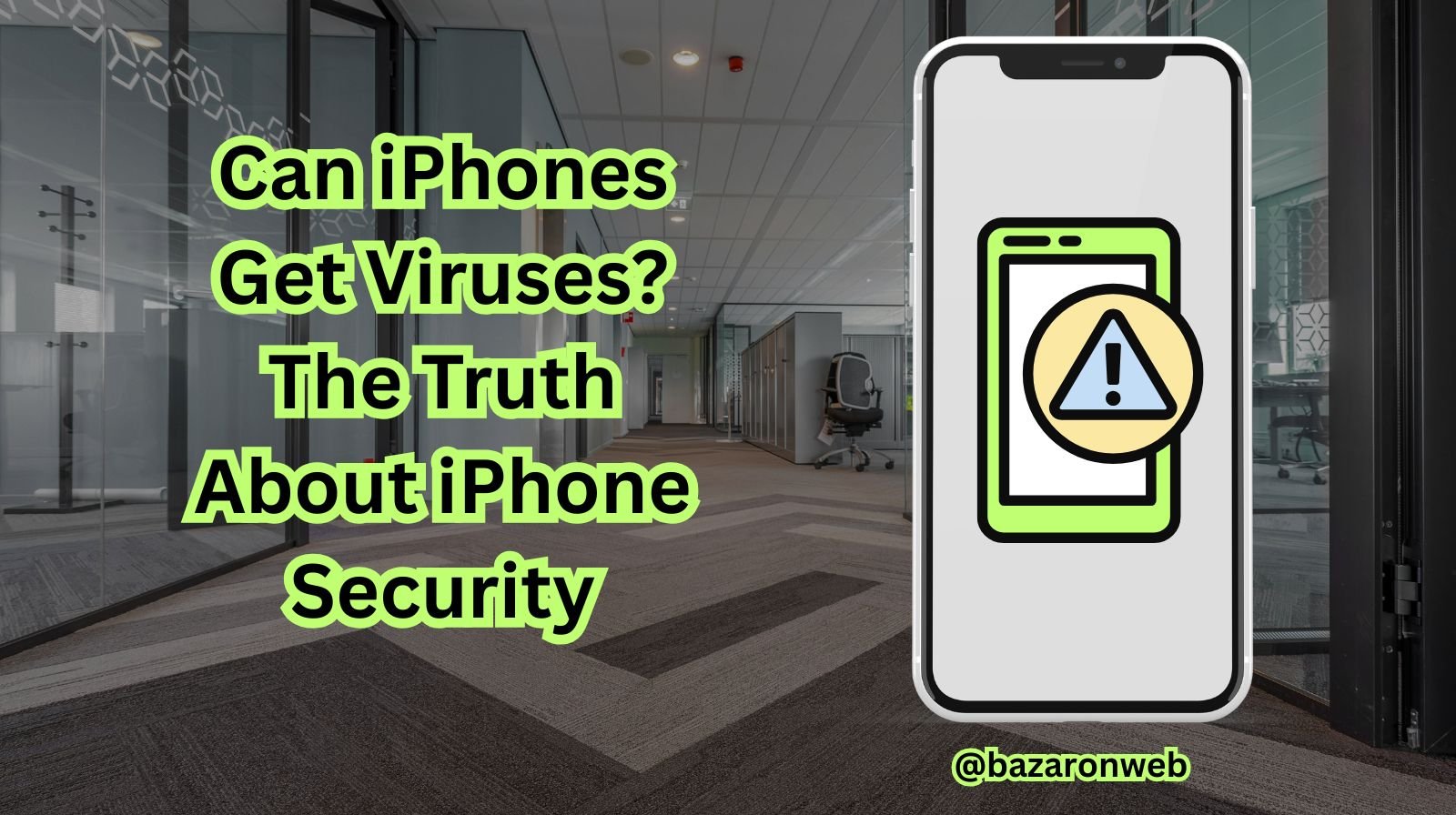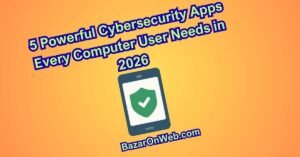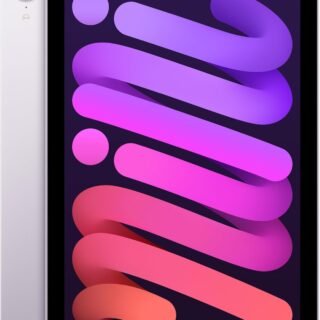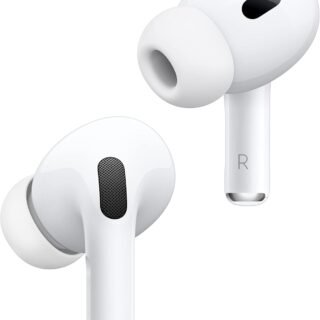Category
Popular Articles
- AI (11)
- Android (35)
- App Suggest (4)
- Apple (6)
- Apple TV (2)
- Bluetooth (2)
- Cars (2)
- ChatGpt (1)
- Did you know? (1)
- E-Commerce News (1)
- Ecommerce Websites business (7)
- Electronics Shopping (5)
- Fashion Tips (3)
- Gaming (3)
- Google Gemini (3)
- Hair Care Tips (2)
- How to (13)
- iCloud (1)
- Infotainment System (1)
- Iphone (96)
- Job Posting (1)
- Lifestyle (3)
- Mac (19)
- Mobile Games (1)
- Netflix (1)
- Online Shopping Websites (2)
- Personal Finance Management (3)
- Product Reviews (3)
- Roku TV (4)
- Samsung (7)
- Shopping Tips (10)
- Tech (69)
- Windows 11 (4)
- Zero Waste (3)
Discounted Products
-
 Leo Creation 144 TC Cotton Double Jaipuri Prints Flat Bedsheet(Pack of 1, Blue, Gree, Red, Grey, Light Grey)
Leo Creation 144 TC Cotton Double Jaipuri Prints Flat Bedsheet(Pack of 1, Blue, Gree, Red, Grey, Light Grey)
₹2,999.00Original price was: ₹2,999.00.₹329.00Current price is: ₹329.00. -
 Home Garage 210 TC Cotton King Floral Fitted (Elastic) Bedsheet(Pack of 1, Grey)
Home Garage 210 TC Cotton King Floral Fitted (Elastic) Bedsheet(Pack of 1, Grey)
₹999.00Original price was: ₹999.00.₹299.00Current price is: ₹299.00. -
 Goodrik 140 TC Cotton Double 3D Printed Flat Bedsheet(Pack of 1, Brown)
Goodrik 140 TC Cotton Double 3D Printed Flat Bedsheet(Pack of 1, Brown)
₹499.00Original price was: ₹499.00.₹229.00Current price is: ₹229.00. -
 GLOBALSHOP 350 TC Microfiber Double Floral Flat Bedsheet(Pack of 1, Multicolor)
GLOBALSHOP 350 TC Microfiber Double Floral Flat Bedsheet(Pack of 1, Multicolor)
₹1,250.00Original price was: ₹1,250.00.₹263.00Current price is: ₹263.00. -
 RisingStar 250 TC Microfiber King Printed Fitted (Elastic) Bedsheet(Pack of 1, FITTED-ROUND-CIRCLES-PREMIUM)
RisingStar 250 TC Microfiber King Printed Fitted (Elastic) Bedsheet(Pack of 1, FITTED-ROUND-CIRCLES-PREMIUM)
₹2,299.00Original price was: ₹2,299.00.₹299.00Current price is: ₹299.00. -
 Home Garage 210 TC Cotton King Floral Fitted (Elastic) Bedsheet(Pack of 1, Fitted Black Green)
Home Garage 210 TC Cotton King Floral Fitted (Elastic) Bedsheet(Pack of 1, Fitted Black Green)
₹1,299.00Original price was: ₹1,299.00.₹299.00Current price is: ₹299.00. -
 Home Garage 180 TC Cotton King 3D Printed Flat Bedsheet(Pack of 1, White)
Home Garage 180 TC Cotton King 3D Printed Flat Bedsheet(Pack of 1, White)
₹999.00Original price was: ₹999.00.₹229.00Current price is: ₹229.00. -
 Home Sizzler 153 cm (5 ft) Polyester Room Darkening Window Curtain (Pack Of 2)(Floral, Maroon)
Home Sizzler 153 cm (5 ft) Polyester Room Darkening Window Curtain (Pack Of 2)(Floral, Maroon)
₹799.00Original price was: ₹799.00.₹299.00Current price is: ₹299.00. -
 Panipat Textile Hub 152.4 cm (5 ft) Polyester Window Curtain (Pack Of 2)(Solid, Aqua)
Panipat Textile Hub 152.4 cm (5 ft) Polyester Window Curtain (Pack Of 2)(Solid, Aqua)
₹1,899.00Original price was: ₹1,899.00.₹299.00Current price is: ₹299.00. -
 Home Sizzler 214 cm (7 ft) Polyester Semi Transparent Door Curtain (Pack Of 2)(Floral, Maroon)
Home Sizzler 214 cm (7 ft) Polyester Semi Transparent Door Curtain (Pack Of 2)(Floral, Maroon)
₹1,199.00Original price was: ₹1,199.00.₹399.00Current price is: ₹399.00. -
 Home Sizzler 153 cm (5 ft) Polyester Room Darkening Window Curtain (Pack Of 2)(Floral, Brown)
Home Sizzler 153 cm (5 ft) Polyester Room Darkening Window Curtain (Pack Of 2)(Floral, Brown)
₹799.00Original price was: ₹799.00.₹299.00Current price is: ₹299.00. -
 Stella Creations 214 cm (7 ft) Polyester Room Darkening Door Curtain (Pack Of 2)(Abstract, Brown)
Stella Creations 214 cm (7 ft) Polyester Room Darkening Door Curtain (Pack Of 2)(Abstract, Brown)
₹1,299.00Original price was: ₹1,299.00.₹449.00Current price is: ₹449.00. -
 Homefab India 152.5 cm (5 ft) Polyester Room Darkening Window Curtain (Pack Of 2)(Floral, Light Blue)
Homefab India 152.5 cm (5 ft) Polyester Room Darkening Window Curtain (Pack Of 2)(Floral, Light Blue)
₹1,199.00Original price was: ₹1,199.00.₹319.00Current price is: ₹319.00. -
 Urban Home 214 cm (7 ft) PVC Transparent Door Curtain Single Curtain(Solid, Off White)
Urban Home 214 cm (7 ft) PVC Transparent Door Curtain Single Curtain(Solid, Off White)
₹699.00Original price was: ₹699.00.₹203.00Current price is: ₹203.00. -
 Panipat Textile Hub 213 cm (7 ft) Polyester Door Curtain (Pack Of 2)(Solid, Brown)
Panipat Textile Hub 213 cm (7 ft) Polyester Door Curtain (Pack Of 2)(Solid, Brown)
₹1,199.00Original price was: ₹1,199.00.₹349.00Current price is: ₹349.00.
Affiliate Links
Promotion

Hey friends, I’m Jessica, and let’s talk about one of the most common questions I get from iPhone users — “Can my iPhone get a virus?”
If you’ve ever used a Windows PC or Android device, you’re probably used to worrying about malware, phishing, or trojans. But when it comes to iPhones, things are a bit different. Apple often claims its ecosystem is super secure — but does that mean iPhones are completely immune to viruses? Let’s find out!
What Is a Virus, Really?
Before we dive in, let’s define what a “virus” means.
A virus is a piece of malicious software (malware) that can:
- Replicate itself,
- Spread across systems, and
- Damage files or steal information.
In computers, viruses can attach to programs, emails, or files — infecting other systems as they spread. On smartphones, the term “virus” is often used loosely for any kind of malicious software that harms your phone or data.
Can iPhones Actually Get Viruses?
The short answer: It’s extremely rare.
iPhones are built on iOS, which is designed with sandboxing and strict app controls that make it almost impossible for malware to spread like traditional viruses.
Every app you download from the App Store runs in its own isolated environment, meaning it can’t access data or system files from other apps.
This is one of the main reasons Apple devices are considered safer than most Android phones.
However, rare doesn’t mean impossible.
There have been a few exceptions — and those usually involve jailbroken iPhones, malicious links, or phishing scams.
Common Ways iPhones Can Be Infected (Indirectly)
Even though traditional viruses are rare, iPhones can still fall victim to other kinds of security threats. Here’s how:
1. Jailbreaking the iPhone
When you jailbreak an iPhone, you remove Apple’s built-in restrictions to install apps outside the App Store.
It sounds cool at first — but it’s risky. Jailbreaking:
- Opens up iOS security vulnerabilities
- Lets unverified apps access your data
- Can invite malware, spyware, or trojans
Apple strongly discourages jailbreaking for this exact reason.
2. Phishing Attacks
Not all threats are viruses. Sometimes hackers use phishing websites, fake texts, or emails that look official to trick you into revealing passwords or card details.
Even a secure iPhone can’t protect you from that if you voluntarily give away your information.
Tip: Always double-check the sender’s email or URL. Apple never asks for sensitive info over email or text.
3. Malicious Configuration Profiles
These are sneaky. Some websites or “free VPN” apps might trick you into downloading configuration profiles that change your iPhone’s settings — giving someone remote access to your data or browsing habits.
Always review what a profile does before installing it under Settings → General → VPN & Device Management.
4. Public Wi-Fi Attacks
If you connect to open Wi-Fi networks, hackers can intercept data or trick your iPhone into connecting to fake networks.
While the iPhone encrypts much of your data, public Wi-Fi is never 100% safe.
Use a VPN if you regularly use Wi-Fi in cafes, airports, or hotels.
Signs Your iPhone Might Be Infected or Compromised
Even though it’s rare, here are a few signs that something might be wrong:
- Battery draining unusually fast
- Apps crashing frequently
- Overheating for no reason
- Strange pop-ups or redirects in Safari
- New apps you didn’t install
- Data or storage being used up unexpectedly
If you notice several of these symptoms together, your iPhone may have been compromised — not necessarily by a “virus,” but by a malicious profile or background process.
How to Check and Remove Malware or Threats on iPhone
Step 1: Delete Suspicious Apps
Remove any app you don’t remember installing.
Go to Settings → General → iPhone Storage and look for unfamiliar names or high data usage apps.
Step 2: Clear Safari History and Data
Sometimes malicious pop-ups come from websites that saved cookies or scripts.
Go to Settings → Safari → Clear History and Website Data.
Step 3: Remove Unknown Profiles
Go to Settings → General → VPN & Device Management.
If you see anything unusual — especially profiles you didn’t install — delete them immediately.
Step 4: Update iOS
Apple regularly releases security updates that patch vulnerabilities.
Go to Settings → General → Software Update and install the latest version of iOS.
Step 5: Restart or Reset Your iPhone
If issues persist, back up your data to iCloud or Finder, then factory reset your phone:
Go to Settings → General → Transfer or Reset iPhone → Erase All Content and Settings.
How to Protect Your iPhone From Future Threats
Here are a few habits that will keep your device safe long-term:
- Stick to the App Store.
Apple reviews all apps for malware and security risks before approving them. - Don’t click suspicious links.
Avoid SMS or email links claiming “Your Apple ID is locked” or “You’ve won a prize.” - Keep your software updated.
Updates often include critical security patches. - Enable “Find My iPhone.”
It can help locate, lock, or erase your phone remotely if stolen. - Use strong passwords & 2FA.
Two-factor authentication adds a strong layer of protection for your Apple ID. - Avoid jailbreaking.
It’s the easiest way to lose Apple’s built-in security protection.
Do You Need Antivirus on iPhone?
The truth? No, you don’t.
Apple’s system architecture already blocks malware from installing or spreading.
Most “antivirus apps” on the App Store don’t actually remove malware — they just help detect phishing websites, manage passwords, or monitor network safety.
If you practice safe browsing and install official apps only, your iPhone doesn’t need antivirus software.
Real-World Cases of iPhone Malware (Rare but Real)
To be fair, there have been isolated incidents of iPhone malware:
- Pegasus Spyware: A highly advanced spyware used to target journalists and activists. It exploited iOS vulnerabilities, but Apple quickly patched it.
- XcodeGhost (2015): Some developers unknowingly used a fake version of Apple’s Xcode software, which infected their apps. Apple removed them swiftly.
In both cases, Apple responded fast — proving the strength of its security ecosystem.
Final Thoughts — Are iPhones 100% Virus-Proof?
Not 100%, but close.
While your iPhone can’t get traditional computer-style viruses, it can still fall prey to phishing, unsafe profiles, and user errors.
The best defense is common sense and regular updates.
As someone who’s been an iPhone user for years, I’ve never encountered an actual virus — because I stick to Apple’s ecosystem, update regularly, and avoid shady links.
So, if you follow these habits, you can relax. Your iPhone is one of the safest smartphones out there.
Written by Bazaronweb
Latest Tech Articles
- How to see sofas, tables, and lamps in your actual living room before you click “buy”

- M5 Chip Unleashed: How Apple’s New Silicon is Revolutionizing On-Device AI

- iPhone 17 vs. iPhone Air: The Ultimate Specs Showdown (And Why I’m Already Eyeing the Trade-In Button)

- 5 Powerful Cybersecurity Apps Every Computer User Needs in 2026

- The 6 Most Reliable Laptop Brands in 2026: A Data-Backed Breakdown

Products
-
![Apple Watch Ultra 3 [GPS + Cellular 49mm] Running & Multisport Smartwatch w/Rugged Titanium Case w/Black Titanium Milanese Loop - M. Satellite Communications, Advanced Health & Fitness Tracking](https://bazaronweb.com/retailstores/wp-content/uploads/2025/09/apple-watch-320x320.jpg) Apple Watch Ultra 3 [GPS + Cellular 49mm] Running & Multisport Smartwatch w/Rugged Titanium Case w/Black Titanium Milanese Loop - M. Satellite Communications, Advanced Health & Fitness Tracking
Apple Watch Ultra 3 [GPS + Cellular 49mm] Running & Multisport Smartwatch w/Rugged Titanium Case w/Black Titanium Milanese Loop - M. Satellite Communications, Advanced Health & Fitness Tracking
-
 Apple iPad mini (A17 Pro): Apple Intelligence, 8.3-inch Liquid Retina Display, 256GB, Wi-Fi 6E, 12MP Front/12MP Back Camera, Touch ID, All-Day Battery Life — Purple
Apple iPad mini (A17 Pro): Apple Intelligence, 8.3-inch Liquid Retina Display, 256GB, Wi-Fi 6E, 12MP Front/12MP Back Camera, Touch ID, All-Day Battery Life — Purple
-
 Apple AirPods Max Wireless Over-Ear Headphones, Active Noise Cancelling, Transparency Mode, Personalized Spatial Audio, Dolby Atmos, Bluetooth Headphones for iPhone – Space Gray
Apple AirPods Max Wireless Over-Ear Headphones, Active Noise Cancelling, Transparency Mode, Personalized Spatial Audio, Dolby Atmos, Bluetooth Headphones for iPhone – Space Gray
-
 Apple AirPods Pro 2 Wireless Earbuds, Active Noise Cancellation, Hearing Aid Feature, Bluetooth Headphones, Transparency, Personalized Spatial Audio, High-Fidelity Sound, H2 Chip, USB-C Charging
Apple AirPods Pro 2 Wireless Earbuds, Active Noise Cancellation, Hearing Aid Feature, Bluetooth Headphones, Transparency, Personalized Spatial Audio, High-Fidelity Sound, H2 Chip, USB-C Charging
-
 Leo Creation 144 TC Cotton Double Jaipuri Prints Flat Bedsheet(Pack of 1, Blue, Gree, Red, Grey, Light Grey)
Leo Creation 144 TC Cotton Double Jaipuri Prints Flat Bedsheet(Pack of 1, Blue, Gree, Red, Grey, Light Grey)
₹2,999.00Original price was: ₹2,999.00.₹329.00Current price is: ₹329.00.
Leave a Reply